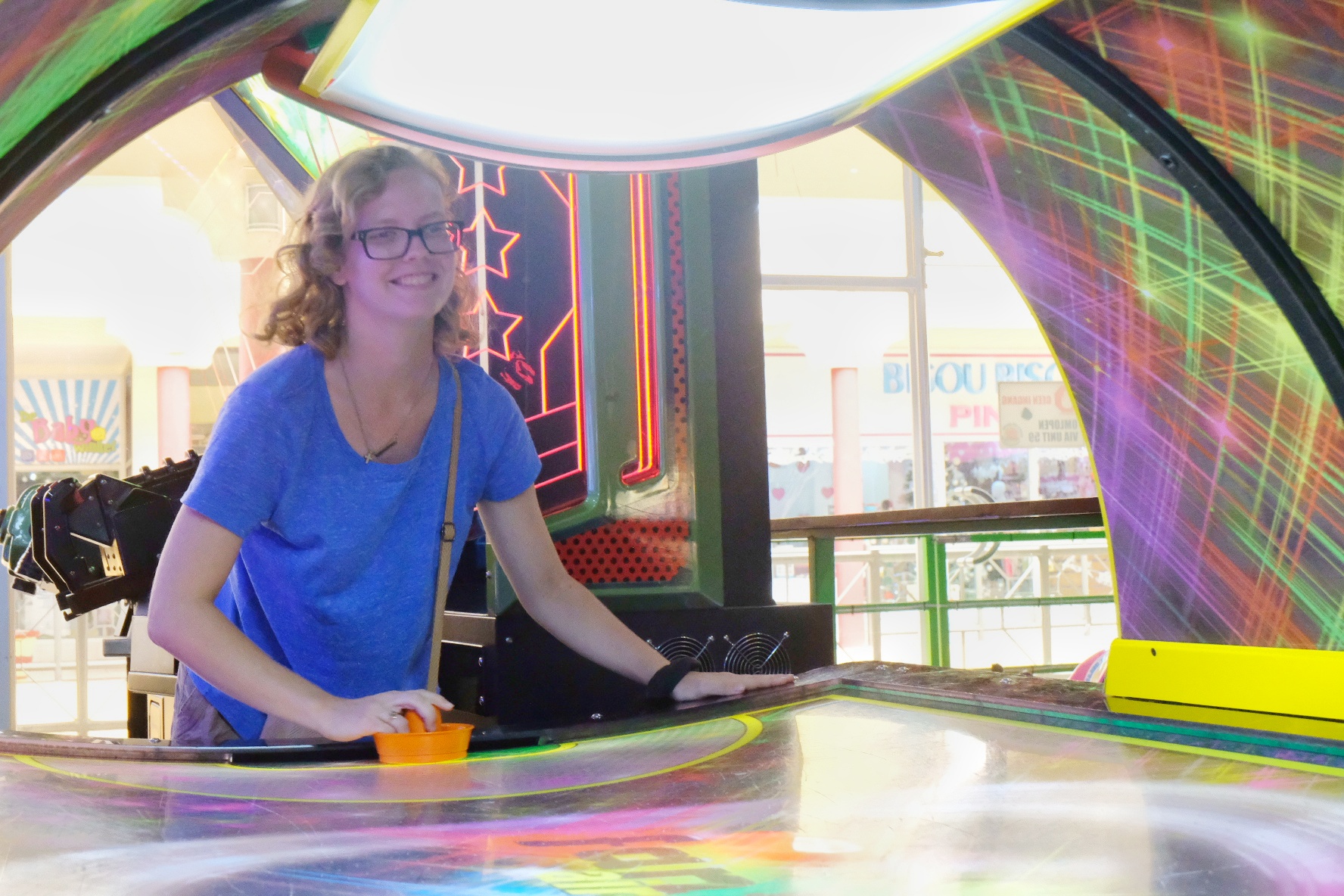It is with sad regret that I have to inform that because of the coronavirus, all Peace Crops Volunteers around the world were evacuated from site. I was evacuated from my site Sunday afternoon and officially returned home Monday.
Although I understand the importance and significance of their decision, it is still very sad for me. I was only given about 30 minutes to pack up some of my belongings and leave. I did not get to say goodbye properly to my community or my school children. I also had to leave before I could finish and see the project that I had been working on come to life.
Even thought this has happened, I have to take a moment and reflect on the happy times. I was able to have 2 wonderful host families, participate in 2 MASH parades and competitions, 2 years of holi celebrations, learned traditions amerindian dances, planned 2 three day camps for my community and (hopefully) impacted the children that I have gotten to be with these past months. But sometimes, just hearing about a persons journey is not enough. Sometimes, it helps to see. So attached is my 1SEC a day video of my service (videos from 2019-end of service).


































































